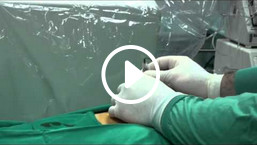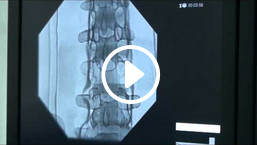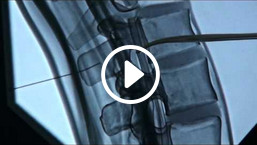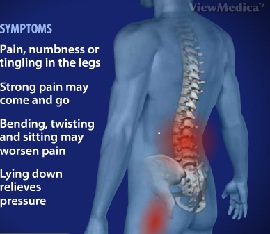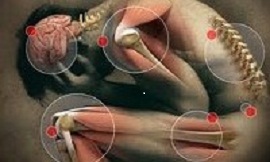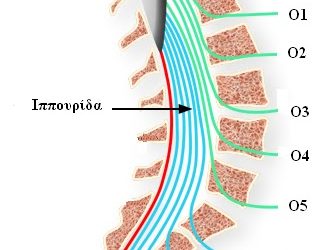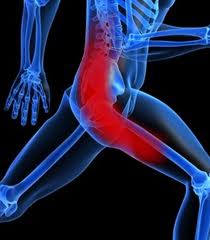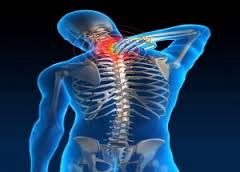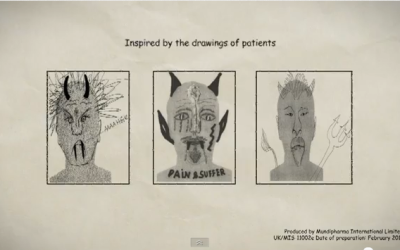Langevin P, Lowcock J, Weber J, Nolan M, Gross AR, Peloso PM, Roberts J, Graham N, Goldsmith CH, Burnie SJ, Haines T.
From the MClSc program, University of Western Ontario, School of Physical Therapy, Faculty of Health Sciences, London; Department of Clinical Epidemiology and Biostatistics, McMaster University; Biostatistics Unit, St. Joseph’ s Healthcare Hamilton; School of Rehabilitation Science, McMaster University; Department of Clinical Epidemiology and Biostatistics, McMaster University for the Cervical Overview Group (COG), Hamilton; Canadian Memorial Chiropractic College (CMCC), Toronto, Ontario; Departement de Réadaptation, Faculté de Médecine, Université Laval, Québec City, Québec; Department of Physical Therapy, University of Alberta, Edmonton, Alberta; School of Physical Therapy, Faculty of Medicine, University of British Columbia, Vancouver , British Columbia, Canada; and Clinical Development Analgesia and Immunology, Merck, Rahway, New Jersey, USA.
Abstract
OBJECTIVE: To assess the effect of intramuscular botulinum toxin type A (BoNT-A) injections on pain, function/disability, global perceived effect, and quality of life (QOL) in adults with neck pain (NP).
METHODS: We searched Central, Medline, and Embase databases up to June 2010. A minimum of 2 authors independently selected articles, abstracted data, and assessed risk of bias and clinical applicability. We estimated standard mean differences (SMD) with 95% CI, relative risks (RR), and performed metaanalyses (SMDp) using a random-effects model for nonheterogeneous data. The approach of the Grading of Recommendations Assessment, Development, and Evaluation working group summarizes the quality of evidence.
RESULTS: We selected 14 trials. High-quality evidence suggested BoNT-A was no better than saline at 4 weeks [4 trials/183 participants; SMDp -0.21 (95% CI -0.50 to 0.07)] and 6 months for chronic NP. Moderate-quality evidence showed a similar effect for subacute/chronic whiplash-associated disorder (WAD) on pain [4 trials/122 participants; SMDp -0.21 (95% CI -0.57 to 0.15)], disability, and QOL. Very low-quality evidence indicated BoNT-A combined with exercise and analgesics was not significant for chronic NP reduction at 4 weeks [3 trials/114 participants; SMDp -0.08 (95% CI -0.45 to 0.29)] but was at 6 months [2 trials/43 participants; SMDp -0.66 (95% CI -1.29 to -0.04)].
CONCLUSION: Current evidence does not confirm a clinically or statistically significant benefit of BoNT-A used alone on chronic NP in the short term or on subacute/chronic WAD pain, disability, and QOL. Larger trials, subgroups, and predictors of responses defined a priori (to facilitate selection of patients most likely to benefit) and factorial designs to explore BoNT as an adjunct treatment to physiotherapeutic exercise and analgesics are needed.

